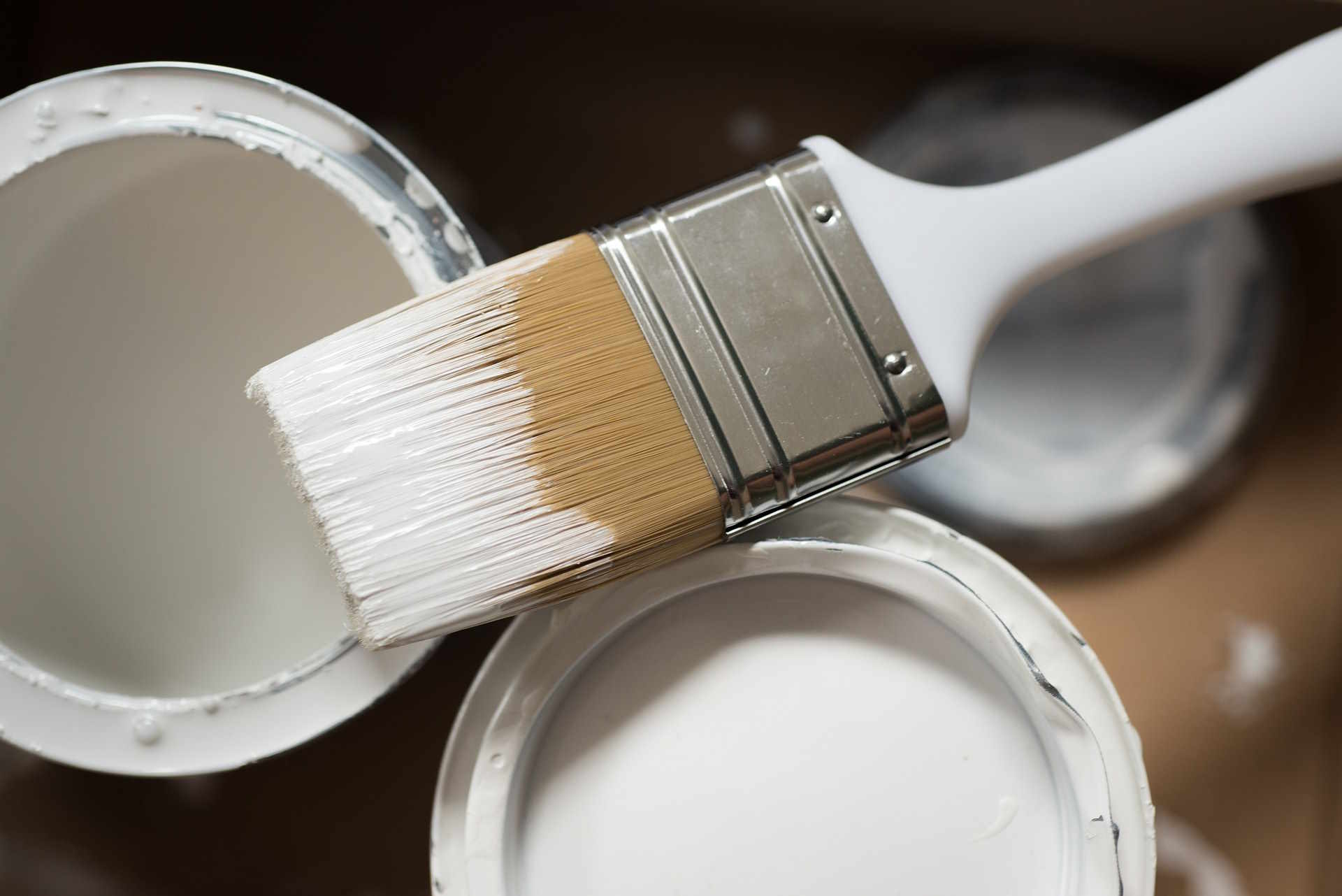Step-by-Step Guide to DIY Vent Cleaning Techniques
Maintaining clean air ducts is crucial for a healthy home environment and efficient HVAC system operation. While professional cleaning services are available, many homeowners opt for DIY vent cleaning techniques to save money and gain a better understanding of their home's ventilation system. This comprehensive guide will walk you through the process of cleaning your air ducts, helping you improve indoor air quality and potentially reduce energy costs.

What tools do you need for DIY vent cleaning?
Before embarking on your vent cleaning journey, it’s essential to gather the right tools. You’ll need a vacuum cleaner with a long hose attachment, a brush with a long handle (such as a toilet brush), a screwdriver to remove vent covers, microfiber cloths, and a flashlight. For thorough cleaning, consider renting or purchasing a high-powered vacuum specifically designed for duct cleaning. Additionally, wear protective gear like gloves, a dust mask, and safety goggles to protect yourself from dust and debris.
How do you prepare for vent cleaning?
Preparation is key to successful DIY vent cleaning. Start by turning off your HVAC system to prevent dust circulation during the cleaning process. Cover all supply registers with paper towels or cloths to catch any dislodged dust. Next, remove all vent covers and grilles, cleaning them separately with warm, soapy water. This is also an excellent opportunity to inspect your ducts for any signs of mould, pests, or excessive dust buildup, which may indicate the need for professional intervention.
What are the steps for cleaning air vents?
Begin the cleaning process by using your vacuum cleaner to remove loose dust and debris from the visible parts of the ducts. Insert the vacuum hose as far as possible into the ducts, being careful not to damage the ductwork. Next, use your long-handled brush to scrub the inside of the ducts, loosening any stuck-on dirt. Follow up with another round of vacuuming to remove the dislodged debris. For hard-to-reach areas, consider using a flexible brush attachment or a DIY tool made from a microfiber cloth attached to a long pole.
How can you clean return air vents effectively?
Return air vents typically collect more dust than supply vents, making them crucial areas to clean. Remove the return vent cover and vacuum the area thoroughly, paying special attention to the filter. If your return vent has a reusable filter, clean it according to the manufacturer’s instructions or replace it if it’s disposable. Use your brush to clean the vent opening and surrounding wall area, then vacuum again to ensure all loose particles are removed.
What are some unique vent cleaning tips for UK homes?
In the UK, many homes have radiators as part of their heating system, which can accumulate dust and affect air quality. When cleaning your vents, don’t forget to clean behind and underneath radiators. Use a long, flexible brush to reach these areas and a vacuum to remove the loosened dust. Additionally, consider using a dehumidifier in damp areas of your home to prevent mould growth in vents, a common issue in the UK’s often humid climate.
How much can you save with DIY vent cleaning?
DIY vent cleaning can result in significant cost savings compared to professional services. However, it’s important to understand the potential costs and benefits.
| Service Type | Provider | Cost Estimation |
|---|---|---|
| DIY Cleaning | Homeowner | £20 - £50 (for tools and supplies) |
| Professional Cleaning | Local HVAC Company | £300 - £600 (for average-sized home) |
| Partial Professional Clean | Hybrid Approach | £150 - £300 (for problem areas only) |
Prices, rates, or cost estimates mentioned in this article are based on the latest available information but may change over time. Independent research is advised before making financial decisions.
While DIY cleaning can save you hundreds of pounds, it’s important to note that professional cleaners have specialized equipment that can reach deeper into the ductwork. Consider your home’s specific needs and your comfort level with DIY projects when deciding between professional and DIY cleaning.
In conclusion, DIY vent cleaning techniques can be an effective way to maintain your home’s air quality and HVAC efficiency. By following these steps and using the right tools, you can successfully clean your air ducts and potentially improve your home’s air circulation. Remember to perform this maintenance regularly, ideally every 3-5 years, or more frequently if you have pets, allergies, or live in a particularly dusty area. If you encounter any significant issues during the cleaning process or if your ducts haven’t been professionally cleaned in many years, it may be wise to consult with a professional HVAC service.




